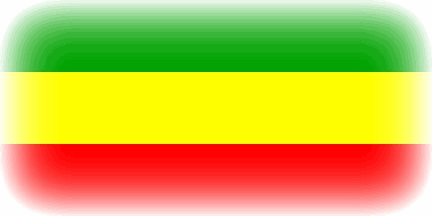ETHIOPIA LIFE |  |
Country in East Africa, bounded north by Eritrea, northeast by Djibouti, east and southeast by Somalia, south by Kenya, and west and northwest by Sudan. It was known as Abyssinia until the 1920s
Government
Ethiopia is a federal, parliamentary republic. The 1994 constitution, which restored the country's federal status, based on nine states, provides for a multiparty system, a prime minister as head of government, and a two-chamber federal legislature. The legislature comprises the council of people's representatives, with 547 members directly elected for five-year terms in single-member constituencies, and the council of the federation with 110 members, one for each nationality, and one additional representative for each 1 million of its population, designated by the regional councils
Long subject to Egypt, the area became independent around the 11th century BC. The kingdom of Aksum flourished 1st–10th centuries AD, reaching its peak about the 4th century with the introduction of Coptic Christianity from Egypt, and declining from the 7th century as Islam expanded. The Arab conquests isolated Aksum from the rest of the Christian world.
Ethiopia was ruled for over 50 years by Haile Selassie, who became regent in 1916, king in 1928, and emperor in 1930. The country was occupied by Italy 1936–41, and Haile Selassie went into exile in Britain. Ogaden was returned to Somalia, which was also under Italian control. Haile Selassie returned from exile in 1941 and ruled until 1974, when he was deposed by the armed forces after a severe famine, high inflation, growing unemployment, and demands for greater democracy. The government's failure to take action to alleviate the 1973–74 famine in the north and its denial of reports of widespread starvation contributed to Selassie's downfall. His palace and estates were nationalized, parliament dissolved, and the constitution suspended. Ethiopia was proclaimed a socialist state and rule was established by a Provisional Military Administrative Council (PMAC). Haile Selassie died in 1975, aged 83, detained in an apartment in his former palace in Addis Ababa
Amid this confusion there was acute famine in the Tigray region in the north, including Eritrea, after the rains failed for three successive seasons. In addition to a massive emergency aid programme from Western nations, the Ethiopian government tried to alleviate the problem by resettling people from the north in the more fertile south. The 1985 famine claimed around 250,000 lives and by 1986 more than 500,000 had been forcibly resettled